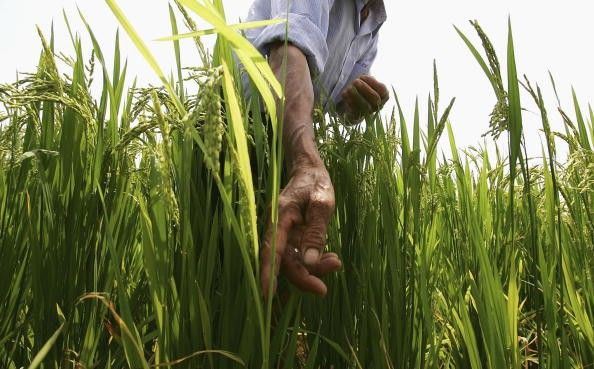China’s rice production has been greatly affected by high pollutant levels in the surface ozone. The country is the world’s biggest producer of rice and yet, it is one of the most polluted countries.
Researchers at the UC Davis in China reported that a part of the rice development is highly susceptible to surface ozone pollution.
The current threat in China’s rice production not only affects the country. It has an impact on the international rice market as it will also likely to affect global food security.
Colin Carter, a professor of agricultural and resource economics at UC Davis, said that "as ozone levels increase in China, this form of pollution threatens to not only decrease the nation's rice production but also affect the broad, global rice market."
The relationship between the ozone and the rice development process must be understood first before officials create laws and regulations to solve the problem of surface ozone pollution, scientists said.
The study led by Carter holds a huge amount of information on how China and the world will not run out of rice. It has been recently published in "Nature's Scientific Reports."
According to scientific reports, China has been competing with India to top the list of most polluted countries in the world.
The impact of surface ozone pollution on the ecosystem is not yet considered rampant by many. However, it slowly manifests itself through other parts of the ecosystem, including China’s rice production.
The study entitled "Effect of heavy haze and aerosol pollution on rice and wheat productions in China," which was published in Scientific Reports on July 2016, discusses how a different type of pollution affects China's rice production. Xuexi Tie, Ru-Jin Huang, Wenting Dai, Junji Cao, Xin Long, Xiaoli Su, Shuyu Zhao, Qiyuan Wang and Guohui Li conducted the research.
Surface ozone pollution is just one of the pollution problems China faces. The government, at the recent National People’s Conference, has announced measures to address the country’s environmental problems.
Farmers and consumers alike await the fate of China’s rice production with the country’s fight against surface ozone pollution.



























